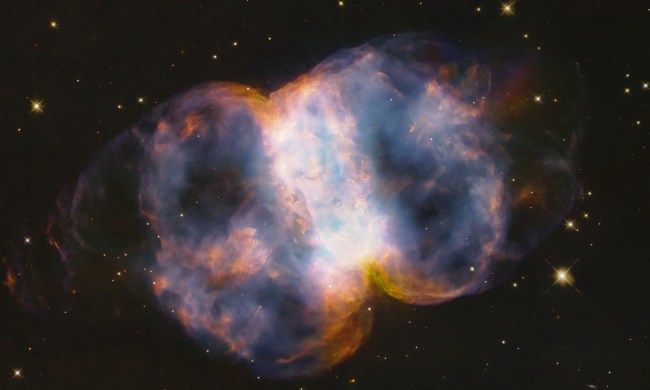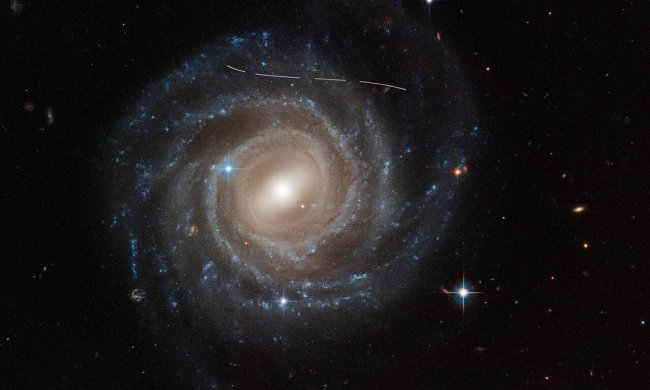The Hubble Space Telescope is moving toward recovery after an error caused it to switch into safe mode in late October. Three out of its four (active) instruments are now back up and running as of last week, and no new issues have arisen since the first error was detected.
The problem began on October 25, when there was an error that caused the loss of some data synchronization messages. In order to keep the instruments safe from potentially dangerous erroneous commands, the telescope automatically switched itself to safe mode. This is a mode of only basic operations in which all instruments are shut down.
When the error was discovered, NASA engineers began analyzing the problem and gradually turning instruments on, one at a time, to ensure they can do so safely. In our last update on Hubble, we described how the team had turned on Hubble’s Advanced Camera for Surveys and their plan for turning on the other instruments. Since then, the team also turned on the Wide Field Camera 3 instrument, which captures many of the space images for which Hubble is famous, on November 21.
“The team chose to restore the most heavily used Hubble instrument, the Wide Field Camera 3, which represents more than a third of the spacecraft’s observing time,” NASA wrote in an update. “Engineers also began preparing changes to the instrument parameters, while testing the changes on ground simulators. These changes would allow the instruments to handle several missed synchronization messages while continuing to operate normally if they occur in the future. These changes will first be applied to another instrument, the Cosmic Origins Spectrograph, to further protect its sensitive far-ultraviolet detector. It will take the team several weeks to complete the testing and upload the changes to the spacecraft.”
This week, the team put their plan into action and recovered the Cosmic Origins Spectrograph as well, with no more synchronization issues. That means the only instrument left to turn back on is the Space Telescope Imaging Spectrograph, though NASA has not yet shared when it plans to try bringing it back online. NASA also announced it is looking into making software changes that should allow instruments to keep functioning even if there are a few lost synchronization messages, which should prevent this problem from happening again in the future.



